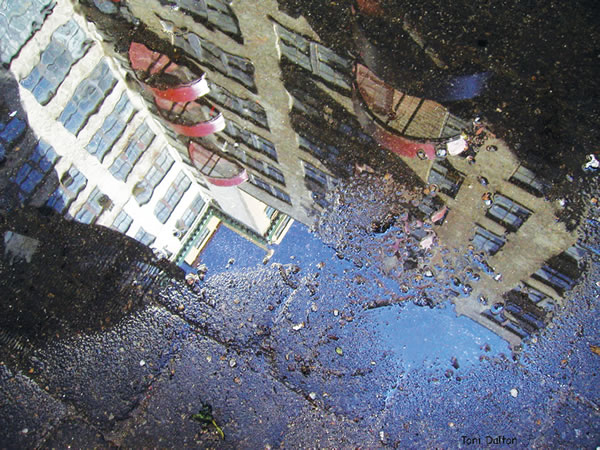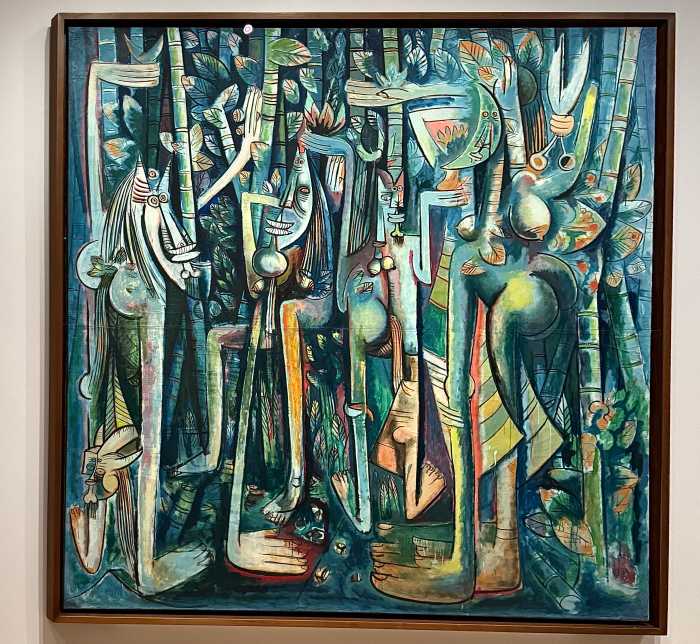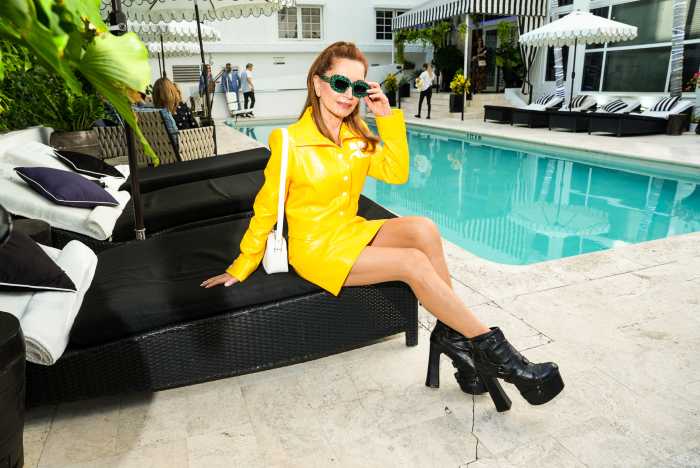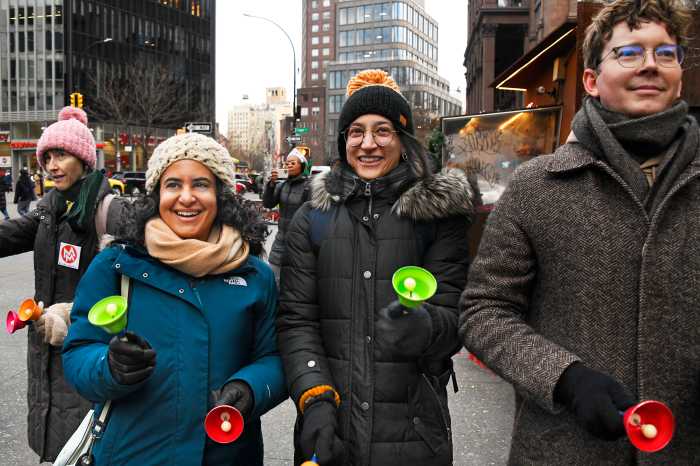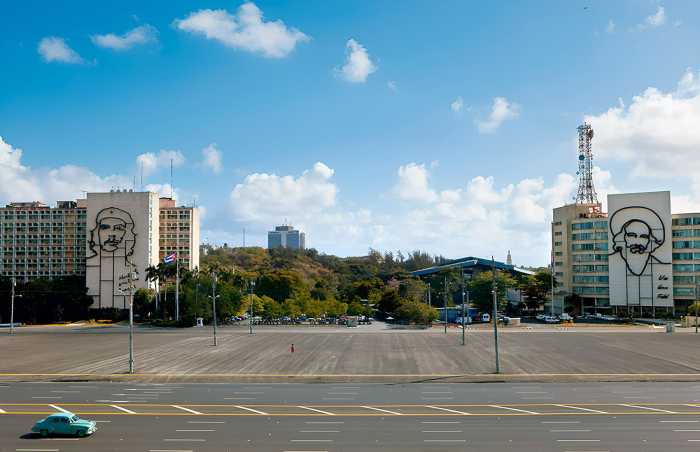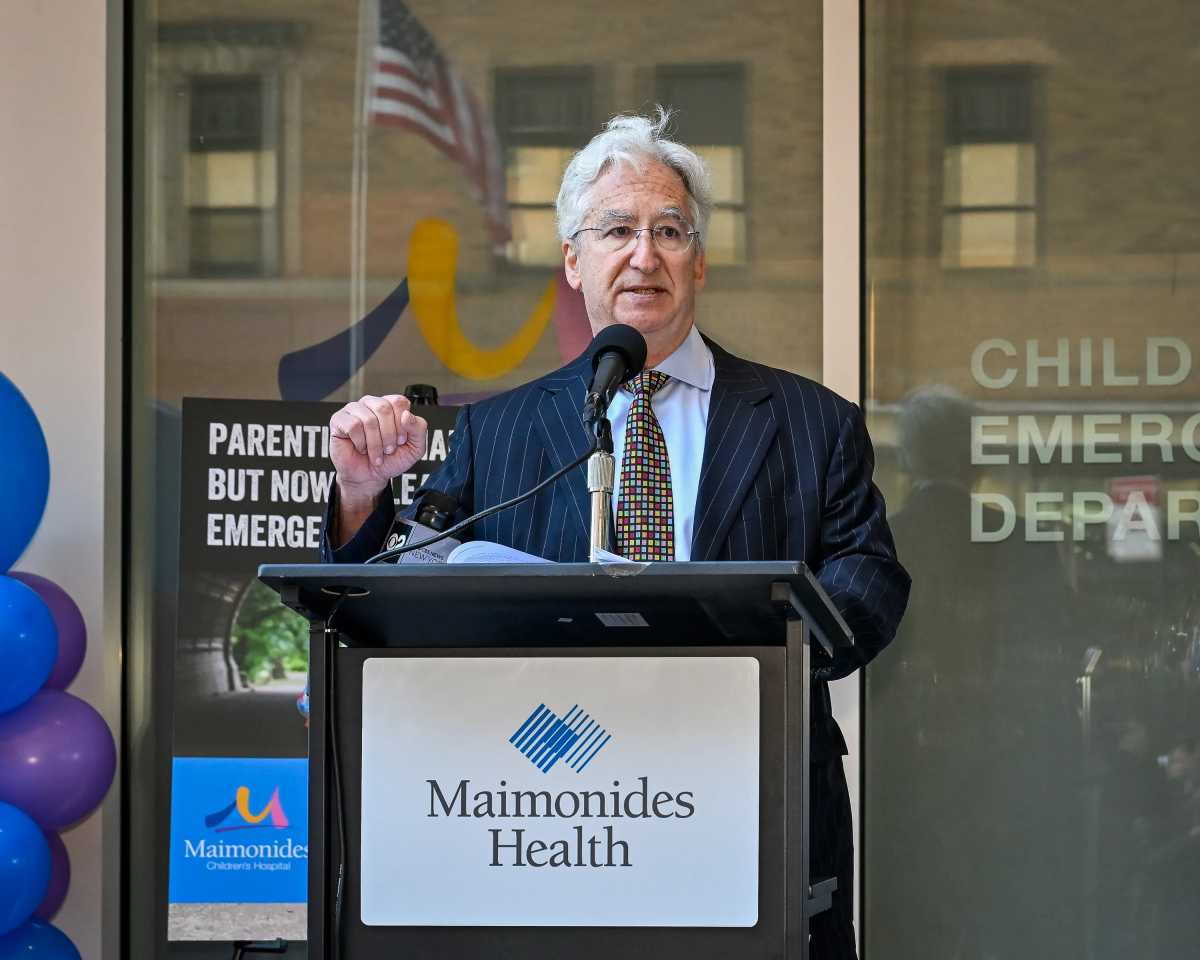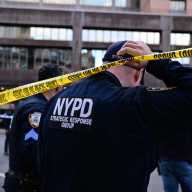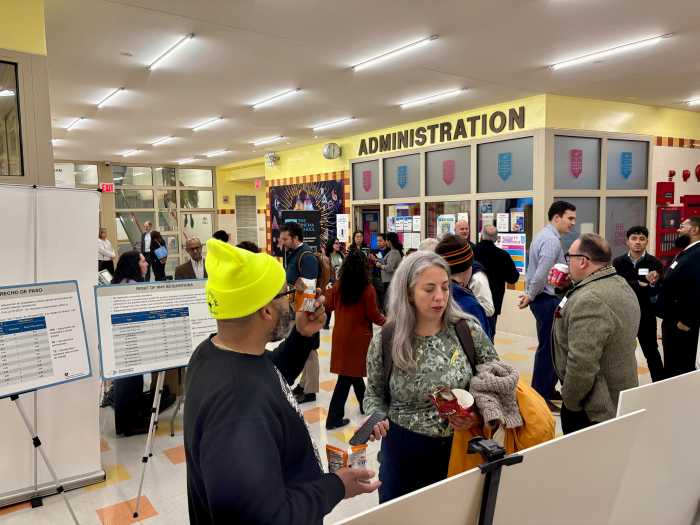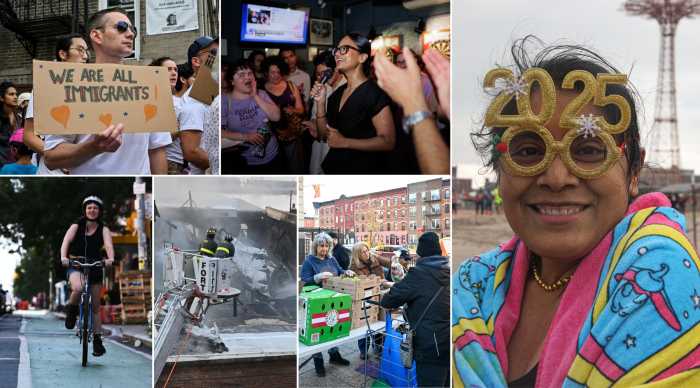By Albert Amateau
After nearly a decade of lobbying, the Westbeth Artists Housing complex in the former Bell Laboratories buildings on the far west side of Greenwich Village has been designated as a city landmark.
The pioneering artists housing project received the Landmarks Preservation Commission designation on Oct. 25.
The conversion of the 13 interconnected buildings, some dating to the mid-1800s, began in 1967 when the J.M. Kaplan Fund and the National Endowment for the Arts started what was to become the nation’s first public-private partnership to create affordable live/work space for artists.
Richard Meier was chosen as the architect to design the conversion of the laboratory buildings into artists’ quarters, a project completed in 1970.
The move for landmark status began around 2004, led by preservation groups including the Greenwich Village Society for Historic Designation.
It was stalled for a time in 2005 by the Westbeth board of directors, the owner of the complex, which feared that landmark designation might complicate the maintenance of old buildings in serious need of repairs.
But the Westbeth Artists Residence Council joined preservation advocates to support of landmarking,
The effort began to pay off last year when Westbeth celebrated its 40th anniversary. The board and the residents council joined preservation advocates in calling for designation, which prohibits demolition except in rare instances.
“We are deeply gratified that after years of pushing, Westbeth is finally receiving the landmark status it deserves,” said Andrew Berman, G.V.S.H.P. executive director. Berman recalled that in 2004 preservation advocates called for landmark protection for most of the Greenwich Village waterfront, including Westbeth. In 2009 the complex was listed on the State and National Register of Historic Places. L.P.C. proposed the complex for designation last year.
The one-square-block complex, between West, Washington, Bethune and Bank Sts., was where scientific breakthroughs from vacuum tubes to transistors were developed. Since its conversion to artists’ housing, it has been a haven to artists, including Diane Arbus, Merce Cunningham, Moses Gunn, Hans Haacke, and continues to serve as affordable live-and-work space for artists.



